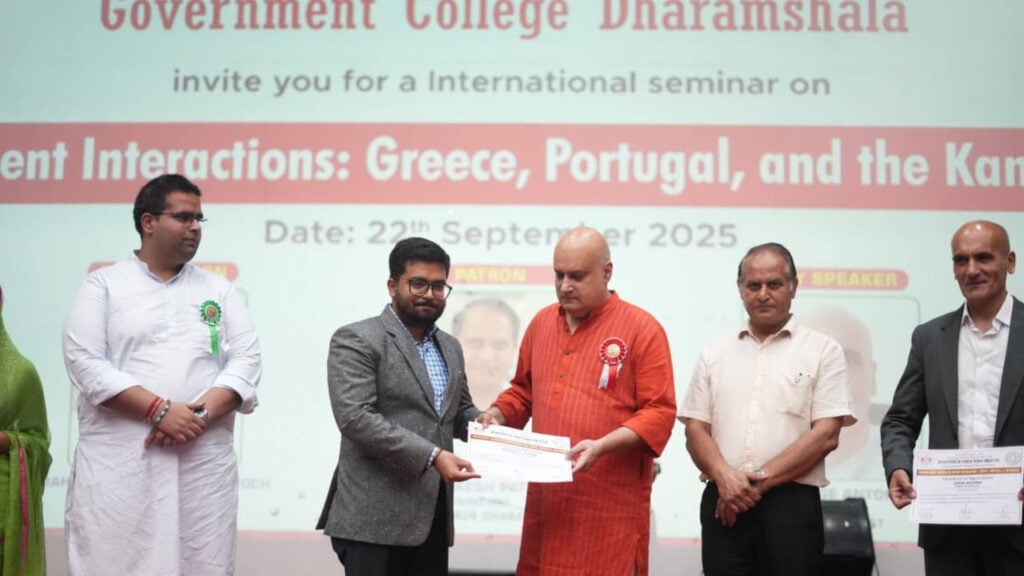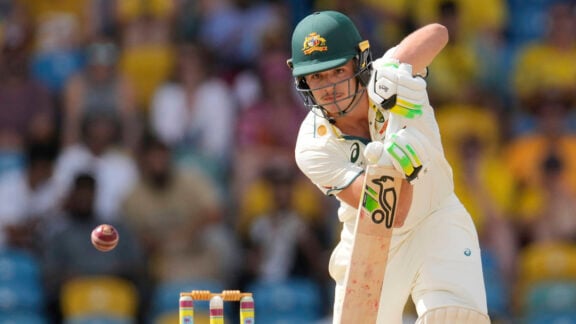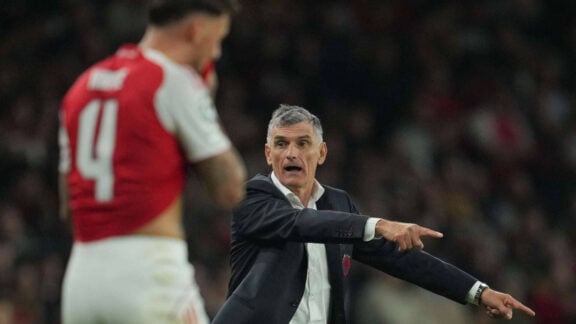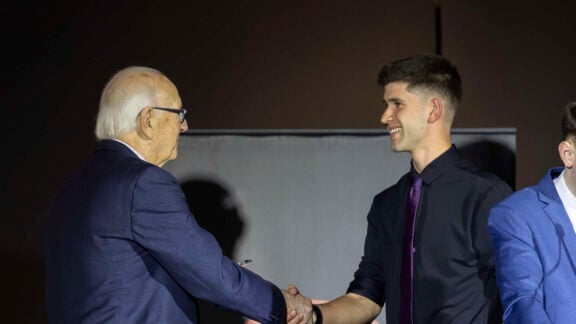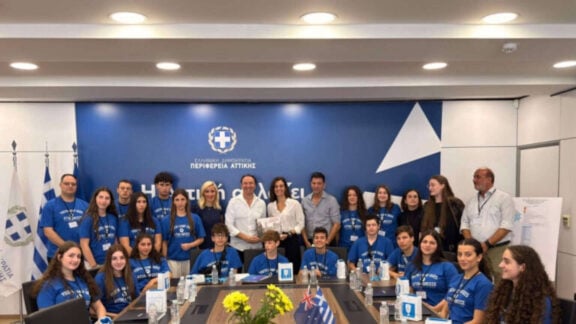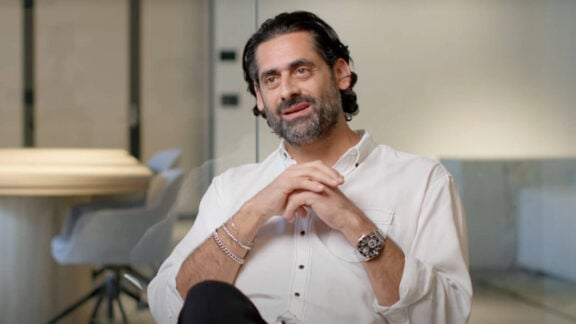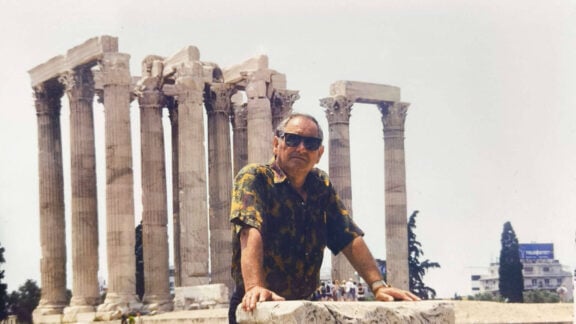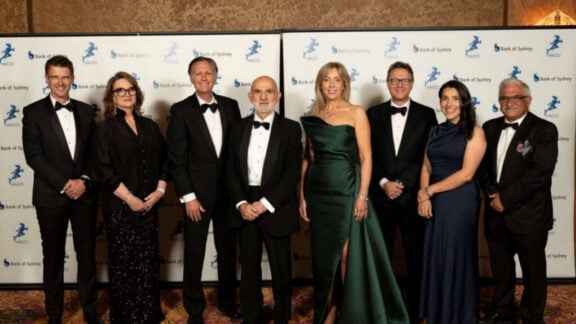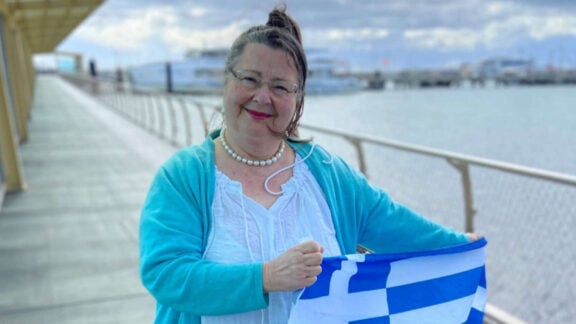The story of Alexander III of Macedon, as as the world knows him, Alexander the Great, and Indian King Porus, is drafted by blood, courage, and honour. Ultimately it was an extraordinary cultural encounter and one that developed links between Greece and India that are harnessed even today.
A historic meeting on the banks of the Hydaspes
Recently, this historic legacy became the focus of three major conferences in India, exploring not only their meeting on the banks of the Hydaspes but also its enduring connections across Greece and India.
The first conference took place at the Government College Dharamshala in Himachal Pradesh, followed by the Central University of Himachal Pradesh, in partnership with the Maharaja Sansar Chand II Museum, Kangra, and led by Maharaja Aishwarya Dev Chandra Katoch of Kangra, whose lineage claims descent from Porus. The third conference was held at the Camões Institute of the Portuguese Embassy in New Delhi.
According to the Gazetteer of the Kangra District 1883–84, Greek historians chronicling Alexander’s expedition around 326 BCE make reference to the Mountain Kings north of Punjab. The ancient lineage of the Katoch family is supported by the numerous branches it fostered and the vast territory it once controlled. Across the lower hills, from the Satluj to the Ravi, there is hardly a notable clan that does not trace its ancestry to the Katoch lineage. Four independent principalities—Jaswan, Haripur, Siba, and Datarpur—were established by descendants of this ancient house.
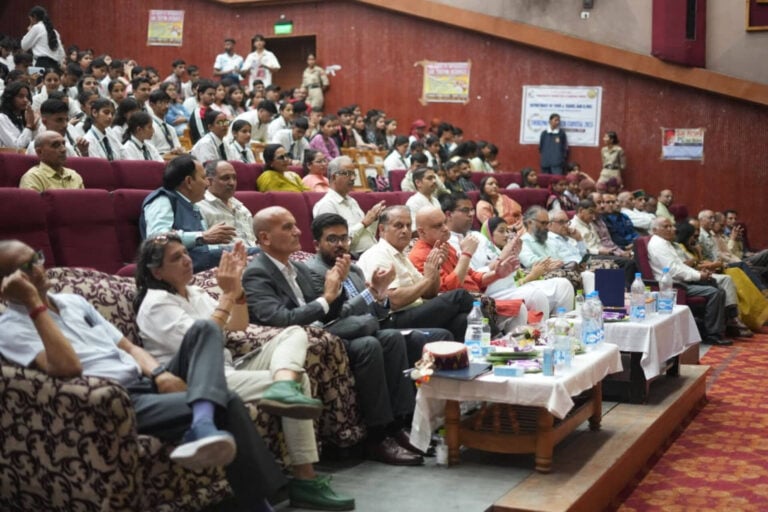
Conferences bridging Greece, India, and Portugal
Chief Archaeologist of Alter do Chão, Portugal, Jorge Antonio, and I, engaged with the audience on the historical interactions among India, Greece, and Portugal. The discussion centred on the Alexander and Porus Mosaic, discovered at the House of Medusa in Alter do Chão on 31 October 2007 by Antonio. This discovery extended the timeline of cultural interactions between India and Portugal to years before Vasco da Gama’s arrival in India.
The mosaic presents a visual narrative underscoring Porus’s defiance to the very end, Alexander’s respect for him, and his desire to meet him. The Macedonian king dispatched emissaries to persuade Porus to come to him, but without success. Ultimately, he sent Meroes, a long-time companion of Porus (Arrian Anab. 5.18.7–8). This significant historical encounter is immortalised in the House of Medusa, in Alter do Chão (Arrian Anab. 5.19.1–3).
Only three Roman mosaics portray Alexander III of Macedon: Battle of Issus, unearthed in the House of the Faun in Pompeii and exhibited in the National Archaeological Museum in Naples; Birth of Alexander, found in Baalbek, Lebanon, displayed at the Beirut Archaeological Museum; and the Battle of Hydaspes, in the House of Medusa in Alter do Chão. The latter remains in its original site of discovery, while the other two are preserved in museums.
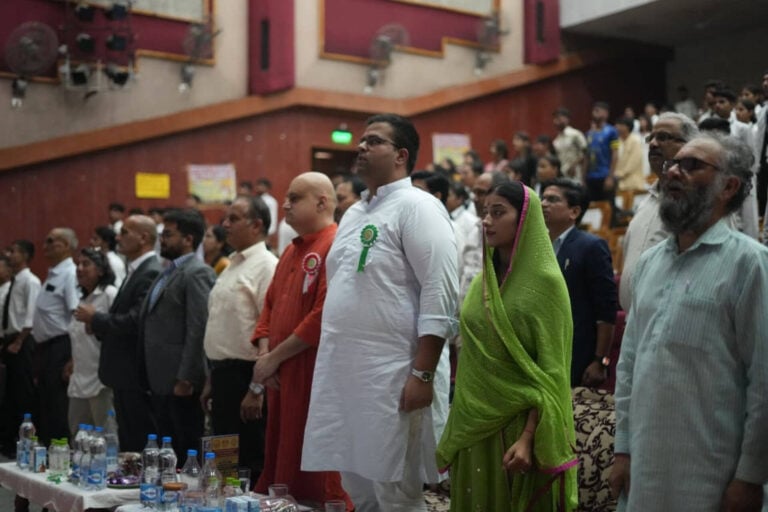
Porus did not yield to Alexander, as Mazaces did in Egypt or Ambhi in Taxila, nor did he abandon the battlefield like Darius — he was, by all accounts, courageous. The renowned Indian poet Michael Madhusudan Dutt wrote about Porus:
Like to a lion chained,
That tho faint-bleeding-stands in pride—
With eyes, where unsubdued
Yet flashed the fire-looks that defied;
King Porus boldly went
Where amidst the gay and glittering crowd
Sat god-like Alexander;
While around, Earth’s mightiest monarchs bow’d.
King Porus was no slave;
He stooped not—bent not there his knee,—
But stood, as stands an oak, In Himalayan majesty.
‘How should I treat thee?’ asked
The mighty king of Macedon:
‘Even as a King,’ replied In royal pride, India’s haughty son.
The conqueror pleas’d, Him forth released:
Thus, India’s crown was lost and won.
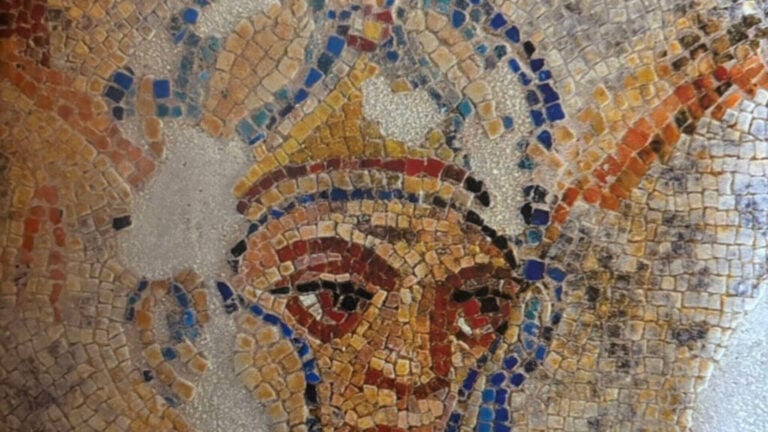
The legacy of Alexander, Porus and the Katoch Dynasty
Himachal Pradesh, where the first two conferences were held, lies in the Himalayas — a region where Alexander engaged in battle against its formidable warriors. According to the Indian historian Dr. R. C. Majumdar, the former vice-chancellor of Dacca University, Porus fought valiantly despite being wounded nine times. Ultimately, he was taken captive by Alexander. When Porus was asked b Alexander the Great, how he wished to be treated, Porus replied, “Like a king.”
Alexander, was so impressed he sought Porus’s loyalty by reinstating his kingdom and augmenting it with the lands of, “15 republican tribes with their 5,000 cities and countless villages” and the kingdom of Porus II, stretching between the Chenab and the Ravi — all of which he later conquered. During his march towards the Beas River, Alexander faced fierce resistance from the Kathaioi, which resulted in 17,000 fatalities and 70,000 captives. Alexander’s advance was halted at the banks of the Beas at the end of July 326 BCE. According to the 1883 census report for Punjab by Sir Denzil Ibbetson and the 1892 report by E.D. Maclagan, the Kathaioi were more than likely the Katoch.
Honour, courage, and an enduring cultural encounter
At the conference, I also spoke of Maharaja Sansar Chand II of the Katoch dynasty, a distinguished ruler of the Kangra Kingdom in Himachal Pradesh, renowned as the “Pahadi Badshah.” Reigning from 1775 to 1823, he is celebrated for his administrative skill and patronage of the arts, particularly the Kangra school of painting. He successfully reclaimed Kangra Fort from the Mughal Empire and subdued neighbouring regions — Kullu, Mandi, and Chamba — through strategic alliances and military action. In 1847, Pramod Chand Katoch of Kangra opposed the British and was exiled to Almora.
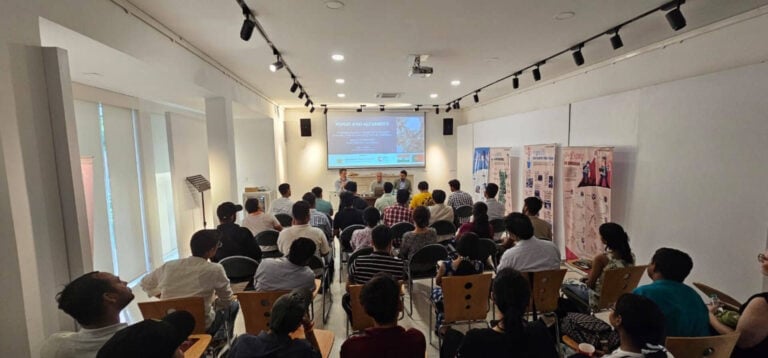
The Government College Dharamshala, venue for the first conference, is one of the most respected institutions in Himachal Pradesh. Its foundation stone was laid by Sir Louis Dane, the Lt. Governor of Punjab, on May 4, 1912. It was the first college in the state to offer faculties in arts, science, and commerce, as well as postgraduate studies. Professor Amit Katoch played a key role in organising the lecture, which was attended by notable members of the Katoch community, including many who had served in the Indian armed forces. The event at the Central University of Himachal Pradesh was moderated by Professor Roshan Lal Sharma and saw participation from numerous students, professors, and media representatives.
Following the lectures in Himachal Pradesh, a presentation on the Alexander and Porus mosaic discovered in Portugal, alongside a discussion on India–Portugal diplomatic relations, was held at the Camões Institute within the Portuguese Embassy in New Delhi. These conferences, focusing on the mosaic and broader India–Portugal cultural relations, were organised as part of the commemoration of the 50th anniversary of the re-establishment of diplomatic relations between India and Portugal, while also encompassing the Greek–Macedonian connection with India.
This series of conferences was not only a commemoration of history but a reaffirmation of shared heritage, bridging continents and centuries. It reminds us that the legacies of Alexander and Porus — of courage, honour, and dialogue — continue to resonate today.
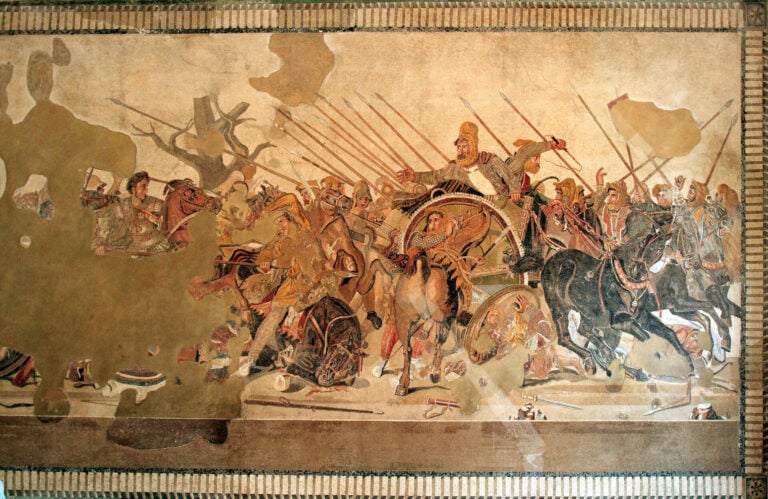
*Arunansh B. Goswami is a historian and lawyer, based in India, with an expertise on Hellenic and Indian links, he is a regular contributor to Neos Kosmos.
